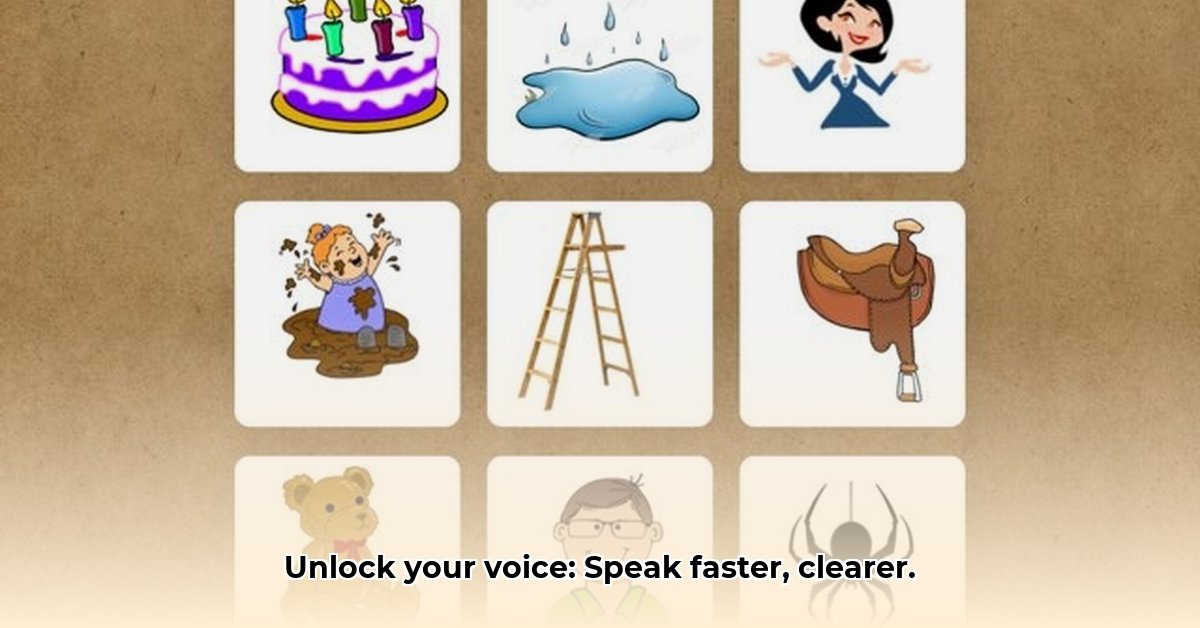
D Medial Words: Unlocking Clear Speech
Does your child struggle with words like "ladder" or "puddle"? Many children find the "d" sound in the middle of words challenging. This guide provides easy-to-follow exercises, expert tips, and fun strategies to help your child master medial /d/ (the /d/ sound in the middle of a word) sounds and build confidence in their speech. Remember, progress takes time and patience; celebrate every achievement along the way!
Understanding the Mystery of Medial /d/
The medial "d" sound is located within a word, not at the beginning or end. This seemingly small detail significantly impacts pronunciation. For example, in "puddle," the /d/ is nestled comfortably in the middle. This position can be tricky because the surrounding sounds can influence its production. Let's look at some examples:
| Word | Sound Breakdown | Medial /d/ Position |
|---|---|---|
| puddle | p-u-d-d-l-e | 3rd sound |
| sudden | s-u-d-d-e-n | 3rd sound |
| riding | r-i-d-i-n-g | 3rd sound |
| candle | c-a-n-d-l-e | 4th sound |
| spider | s-p-i-d-e-r | 4th sound |
This seemingly small difference can greatly impact pronunciation. Research suggests that surrounding sounds influence a child's ability to produce medial /d/.
Fun and Engaging Practice: A Step-by-Step Approach
We'll break down the learning into three stages, building a solid foundation. Small, consistent efforts lead to significant results!
Stage 1: Building Blocks (Easy)
- Start Simple: Begin with short words like puddle, spider, candle. Focus on words with a single medial "d" sound.
- Slow and Clear: Pronounce the word slowly, emphasizing the medial /d/.
- Visual Aids: Use pictures or videos to aid comprehension and retention.
- Repetition: Repeat each word at least five times, focusing on accurate pronunciation.
Stage 2: Putting it Together (Medium)
- Phrase Practice: Use simple phrases like, "The spider is in the puddle," or "I lit the candle."
- Sentence Building: Progress to longer sentences incorporating learned words (e.g., “The big, red spider crawled across the muddy puddle.”).
- Active Participation: Encourage your child to actively participate in repeating phrases and sentences.
Stage 3: Mastering the Challenge (Hard)
- Complex Words: Introduce more complex words like standard, consider, moderate.
- Storytelling: Create stories using these words to encourage spontaneous speech.
- Interactive Games: Use games to make practice fun and engaging.
- Real-Life Applications: Integrate these words into daily conversations.
Guidance for Parents and Speech-Language Pathologists (SLPs)
For Parents:
- Make it Fun: Use games, songs, and silly voices.
- Short Sessions: Keep practice sessions short (5-10 minutes) to maintain focus.
- Celebrate Success: Praise and encourage your child's efforts.
- Patience and Persistence: Consistent, positive interaction is crucial.
For SLPs:
- Home Practice Integration: Develop a home practice plan that complements therapy.
- Personalized Approach: Adapt exercises to meet each child's needs.
- Parent Communication: Maintain open communication to reinforce home practice.
- Progress Monitoring: Regularly assess progress and adjust strategies as needed.
Troubleshooting: Addressing Challenges
- Alternative Methods: If one approach doesn't work, try another.
- Positive Reinforcement: Focus on praise and encouragement, not criticism.
- Collaboration: Consult your child's SLP for personalized guidance.
Additional Support: Resources and Next Steps
Your child's SLP is your most valuable resource. They can provide tailored activities, monitor progress, and recommend supplemental materials.
Mastering Medial /d/: Tracking Progress at Home
Regularly assess your child's progress. Keep a simple chart or journal to track words and phrases mastered and those needing further practice. Remember to celebrate every milestone! Collaboration with an SLP is key to success.